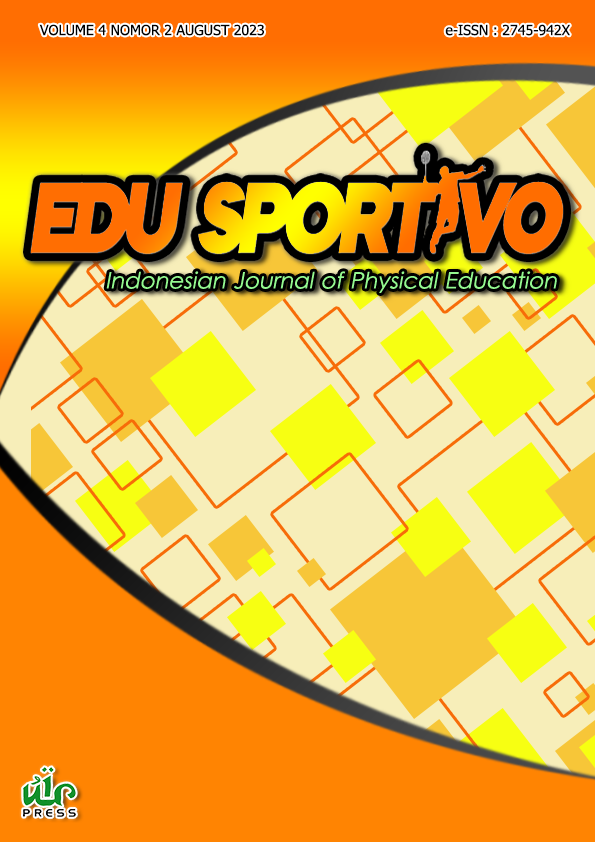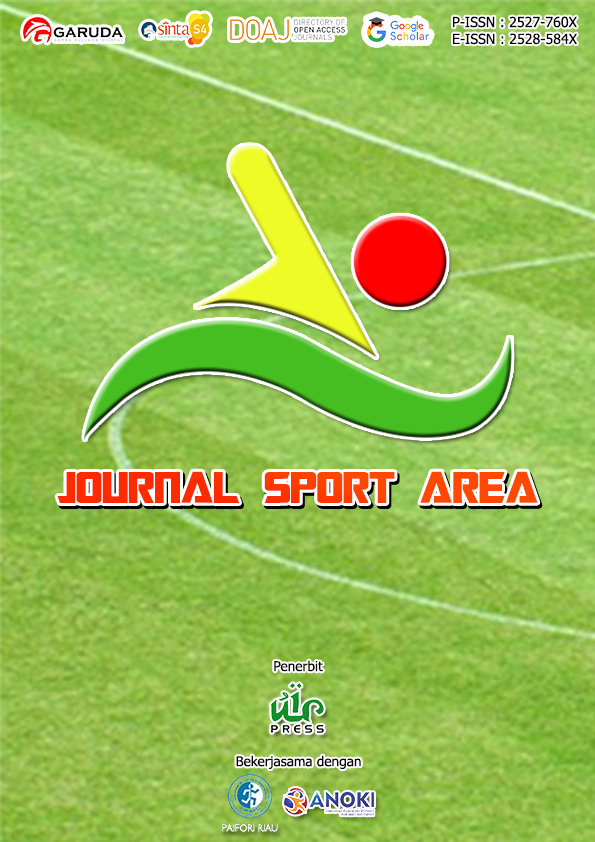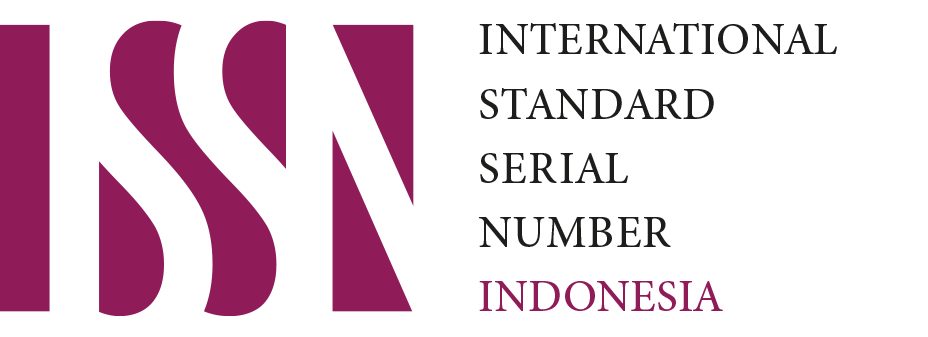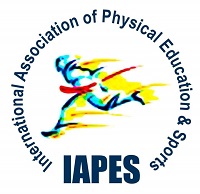Exploring the potential of TikTok as a learning resource for enhancing scientific writing skills in physical education
Keywords:
TikTok, multimedia-based learning, learning resources, thesis, physical educationAbstract
Technological advancements have permeated the field of education, including the use of multimedia-based learning materials in the learning process. This study aims to help students of the Department of Physical Education at Universitas Riau overcome the obstacles they face when writing scientific papers, especially when preparing a thesis. By harnessing the potential of TikTok social media as a learning resource, it is anticipated that students’ interest and motivation, especially in scientific writing, will be enhanced. This research adopts a quantitative descriptive approach and employs the survey method, utilisingutilizing a questionnaire as the research instrument and descriptive statistics as the data analysis technique. The population and sample of this study consisted of 26 students from the 2020 class of the Department of Physical Education at Universitas Riau. Findings showed that 9 students (34.6%) strongly agreed, 10 students (38.5%) agreed, and 7 students (26.9%) expressed neutrality towards utilizing TikTok social media as a learning medium. The results suggest that TikTok social media can serve as a catalyst for students’ curiosity, facilitating the learning of scientific writing, and fostering increased enthusiasm and interest in the learning process. Future research should consider expanding the sample size and incorporating comparison groups to gain further insights in this field. This study contributes by providing initial evidence on the potential of TikTok as a learning resource, highlighting its impact on students’ motivation and interest in scientific writing, and identifying opportunities for integrating social media in higher education to overcome writing obstacles.
Downloads
References
Bailey, R. (2018). Sport, physical education and educational worth. Educational Review, 70(1), 51–66. https://doi.org/10.1080/00131911.2018.1403208 DOI: https://doi.org/10.1080/00131911.2018.1403208
Bamigboye, O. O., & Olusesan, A. A. (2017). An Analysis on Impact of Social Media for Learning in Eastern Cape Universities, South Africa. International Journal of Educational Sciences, 17(1–3), 69–75. https://doi.org/10.1080/09751122.2017.1305755 DOI: https://doi.org/10.1080/09751122.2017.1305755
Barrot, J. S. (2022). Social media as a language learning environment: a systematic review of the literature (2008-2019). Computer Assisted Language Learning, 35(9), 2534–2562. https://doi.org/10.1080/09588221.2021.1883673 DOI: https://doi.org/10.1080/09588221.2021.1883673
Braga, L., Jones, E., Bulger, S., & Elliott, E. (2016). Empowering teachers to implement innovative content in physical education through continuous professional development. Teacher Development, 21(2), 1–19. https://doi.org/10.1080/13664530.2016.1235608 DOI: https://doi.org/10.1080/13664530.2016.1235608
Butz, J. V. (2018). Applications for Constructivist Teaching in Physical Education. Strategies, 31(4), 12–18. https://doi.org/10.1080/08924562.2018.1465868 DOI: https://doi.org/10.1080/08924562.2018.1465868
Cooper, B. R., Concilla, A., Albrecht, J. M., Bhukhan, A., Laughter, M. R., Anderson, J. B., Rundle, C. W., McEldrew, E. C., & Presley, C. L. (2022). Social Media as a Medium for Dermatologic Education. Current Dermatology Reports, 11(2), 103–109. https://doi.org/10.1007/s13671-022-00359-4 DOI: https://doi.org/10.1007/s13671-022-00359-4
Corbin, C. B., Kulinna, P. H., & Yu, H. (2020). Conceptual Physical Education: A Secondary Innovation. Quest, 72(1), 33–56. https://doi.org/10.1080/00336297.2019.1602780 DOI: https://doi.org/10.1080/00336297.2019.1602780
Dalton, J. C., & Crosby, P. C. (2013). Digital Identity: How Social Media Are Influencing Student Learning and Development in College. Journal of College and Character, 14(1), 1–4. https://doi.org/10.1515/jcc-2013-0001 DOI: https://doi.org/10.1515/jcc-2013-0001
Girwidz, R., Thoms, L. J., Pol, H., López, V., Michelini, M., Stefanel, A., Greczyło, T., Müller, A., Gregorcic, B., & Hömöstrei, M. (2019). Physics teaching and learning with multimedia applications: a review of teacher-oriented literature in 34 local language journals from 2006 to 2015. International Journal of Science Education, 41(9), 1–26. https://doi.org/10.1080/09500693.2019.1597313 DOI: https://doi.org/10.1080/09500693.2019.1597313
Goad, T., Towner, B., Jones, E., & Bulger, S. (2019). Instructional Tools for Online Physical Education: Using Mobile Technologies to Enhance Learning. Journal of Physical Education, Recreation and Dance, 90(6), 40–47. https://doi.org/10.1080/07303084.2019.1614118 DOI: https://doi.org/10.1080/07303084.2019.1614118
Greenhow, C., & Lewin, C. (2016). Social media and education: reconceptualizing the boundaries of formal and informal learning. Learning, Media and Technology, 41(1), 6–30. https://doi.org/10.1080/17439884.2015.1064954 DOI: https://doi.org/10.1080/17439884.2015.1064954
Hill, J., Philpot, R., Walton-Fisette, J. L., Sutherland, S., Flemons, M., Ovens, A., Phillips, S., & Flory, S. B. (2018). Conceptualising social justice and sociocultural issues within physical education teacher education: international perspectives. Physical Education and Sport Pedagogy, 23(5), 1–15. https://doi.org/10.1080/17408989.2018.1470613 DOI: https://doi.org/10.1080/17408989.2018.1470613
Hu, H., & Du, K. (2022). TikTok in Mobile-Assisted English Language Learning: An Exploratory Study. International Journal of Information and Education Technology, 12(12), 1311–1320. https://doi.org/10.18178/ijiet.2022.12.12.1755 DOI: https://doi.org/10.18178/ijiet.2022.12.12.1755
Krause, J. M., O’Neil, K., & Jones, E. (2019). Technology in Physical Education Teacher Education: A Call to Action. Quest, 72(3), 1–19. https://doi.org/10.1080/00336297.2019.1685553 DOI: https://doi.org/10.1080/00336297.2019.1685553
Nainggolan, A. P., Manalu, R. B. B., & Tarigan, M. D. (2022). Pengaruh Konten Pengetahuan Olahraga di Youtube Terhadap Perilaku Belajar Mahasiswa Prodi Pendidikan Olahraga Universitas Quality Berastagi. Jurnal Ilmiah Fakultas KIP Universitas Quality, 6(2), 1–11. https://doi.org/10.36764/jc.v6i2.910
Pratiwi, I., & Ridwan, M. (2021). Pengaruh Penggunaan Media Video Animasi Terhadap Motivasi. Journal Of Sport Education (JOPE), 4(1), 77–86. https://doi.org/10.31258/jope.4.1.77-86 DOI: https://doi.org/10.31258/jope.4.1.77-86
Puspitasari, A. C. D. D. (2021). Aplikasi Tiktok Sebagai Media Pembelajaran Jarak Jauh Pada Mahasiswa Universitas Indraprasta PGRI. Jurnal Educatio FKIP UNMA, 7(3), 1127–1134. https://doi.org/10.31949/educatio.v7i3.1317 DOI: https://doi.org/10.31949/educatio.v7i3.1317
Rahardaya, A. K., & Irwansyah, I. (2021). Studi Literatur Penggunaan Media Sosial Tiktok Sebagai Sarana Literasi Digital Pada Masa Pandemi Covid-19. Jurnal Teknologi dan Sistem Informasi Bisnis, 3(2), 308–319. https://doi.org/10.47233/jteksis.v3i2.248 DOI: https://doi.org/10.47233/jteksis.v3i2.248
Rahimullah, N. A., Damayanti, S. B., Izra, A. A., & Handayani, P. W. (2022). Assessing the factors influencing users accessing higher education content on TikTok. Cogent Education, 9(1), 1-20. https://doi.org/10.1080/2331186X.2022.2148498 DOI: https://doi.org/10.1080/2331186X.2022.2148498
Rahmadani, A., Daharis, & Candra, O. (2022). Penggunssn Media Audio-Visual Dalam Meningkatkan Hasil Belajar Gerakan Senam Round Off. Edu Sportivo: Indonesian Journal of Physical Education, 3(3), 278–285. https://doi.org/10.25299/es:ijope.2021.vol3(3).9396 DOI: https://doi.org/10.25299/es:ijope.2022.vol3(3).9396
Ramadhan, F., Yulianti, M., & Henjilito, R. (2020). Penerapan media audio visual dalam meningkatkan hasil belajar dribble bolabasket. Edu Sportivo: Indonesian Journal of Physical Education, 1(1), 50–59. https://doi.org/10.25299/es:ijope.2020.vol1(1).5122 DOI: https://doi.org/10.25299/es:ijope.2020.vol1(1).5122
Rusitayanti, N. W. A., Ariawati, N. W., Indrawathi, N. L. P., & Widiantari, N. L. G. (2021). Faktor-Faktor Kesulitan Mahasiswa Menyusun Skripsi Pada Prodi Penjaskesrek FKIP Universitas PGRI Mahadewa Indonesia di Era Adaptasi Kebiasaan Baru Tahun 2021. Jurnal Administrasi Pendidikan Indonesia, 12(2), 138–148. https://doi.org/10.23887/jurnal_ap.v12i2.618
Sari, E. F. N., Siregar, N. M., Sukiri, Julianti, R. R., & Resza, A. M. (2022). How Physical Education through TikTok Makes a Difference: The Use of TikTok to Promote Learning Activities. International Journal of Human Movement and Sports Sciences, 10(2), 187–192. https://doi.org/10.13189/saj.2022.100208 DOI: https://doi.org/10.13189/saj.2022.100208
Subandowo, M. (2022). Teknologi Pendidikan di Era Society 5.0. Sagacious Jurnal Ilmiah Pendidikan dan Sosial, 9(1), 24–35.
Supriyatni, D., & Hasmarita, S. (2022). Efektivitas Pembelajaran Penjas Ditengah Pandemic Covid-19. Jurnal Master Penjas dan Olahraga, 2(2), 240–248. https://doi.org/https://doi.org/10.37742/jmpo.v3i2.67
Tan, K. H., Rajendran, A., Muslim, N., Alias, J., & Yusof, N. A. (2022). The Potential of TikTok’s Key Features as a Pedagogical Strategy for ESL Classrooms. Sustainability (Switzerland), 14(24), 1–22. https://doi.org/10.3390/su142416876 DOI: https://doi.org/10.3390/su142416876
Tumaloto, E. H., Lasimpala, A., & Misnaidi, D. (2022). Pengembangan Senam Kreasi Daerah Melalui Pemanfaatan Media Sosial (TikTok dan Youtube Kids). Jambura Arena of Physical Education and Sports, 1(1), 1–9.
Vai, A., Jawak, J. F., Wijayanti, N. P. N., & Gusdernawati, A. (2021). Pengembangan media pembelajaran teknik passing bawah menggunakan media gambar dalam pada permainan bola voli di smp santa veronika. Journal of Sport Education (JOPE), 3(2), 127. https://doi.org/10.31258/jope.3.2.127-136 DOI: https://doi.org/10.31258/jope.3.2.127-136
Wintle, J. (2019). Digital technology in physical education: global perspectives. Sport, Education and Society, 24(6), 665–667. https://doi.org/10.1080/13573322.2019.1618103 DOI: https://doi.org/10.1080/13573322.2019.1618103
Yang, Q. F., Hwang, G. J., & Sung, H. Y. (2020). Trends and research issues of mobile learning studies in physical education: a review of academic journal publications. Interactive Learning Environments, 28(4), 419–437. https://doi.org/10.1080/10494820.2018.1533478 DOI: https://doi.org/10.1080/10494820.2018.1533478
Published
How to Cite
Issue
Section
This is an open-access article distributed under the terms of the Creative Commons Attribution-ShareAlike 4.0 International License which permits unrestricted use, distribution, and reproduction in any medium. Users are allowed to read, download, copy, distribute, search, or link to full-text articles in this journal without asking by giving appropriate credit, provide a link to the license, and indicate if changes were made. All of the remix, transform, or build upon the material must distribute the contributions under the same license as the original.
Accepted 2023-07-08
Published 2023-08-09



.png)




















.png)







.png)





